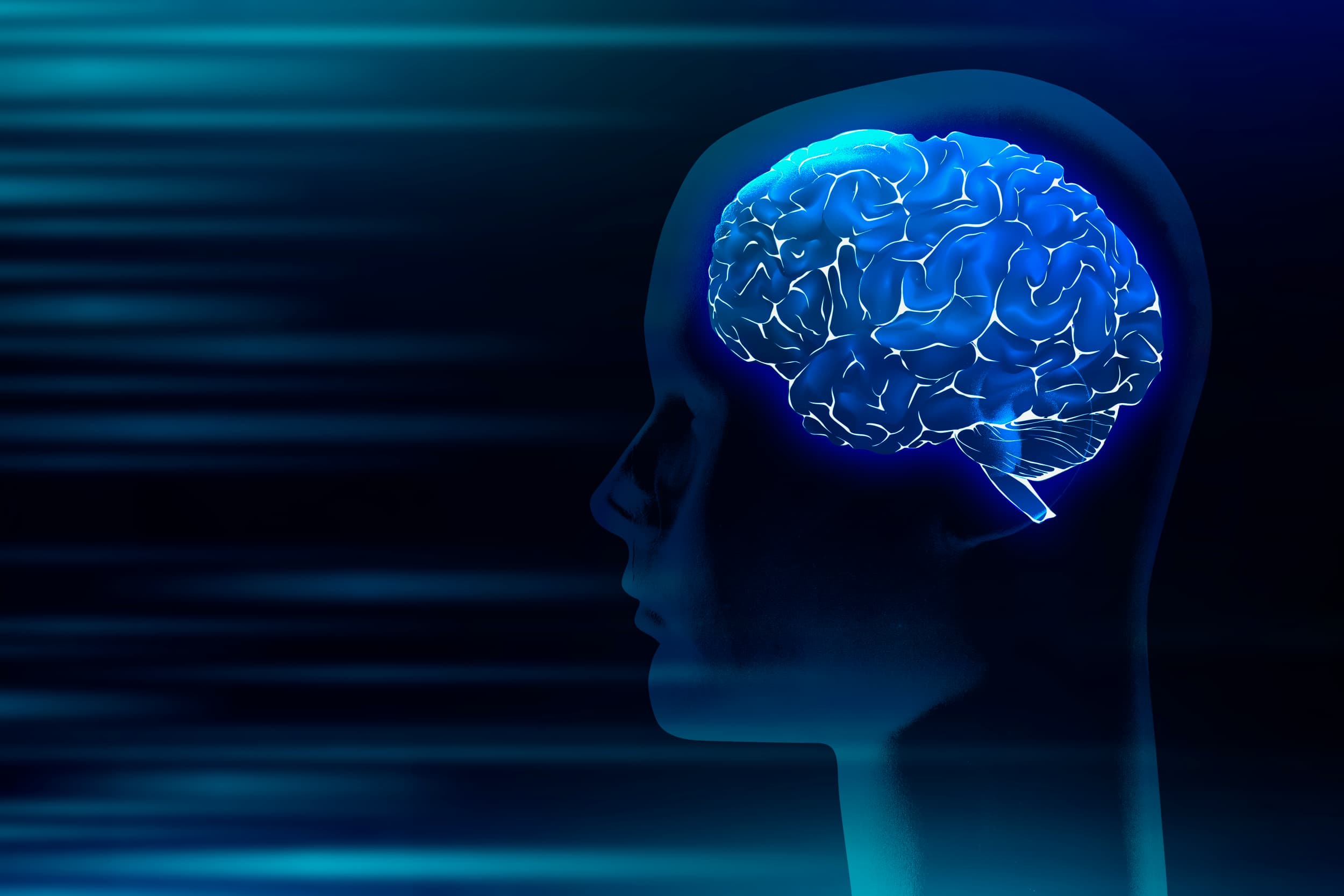As the hands of time move inexorably forward, the very sustenance that nourishes humanity seems to be slipping through our fingers. The globe is perched on the brink, staring into the abyss of a profound food crisis. What has led us to this precipice? A myriad of factors conspires against us.
Driven by ceaseless population growth, our planet is projected to house nearly 10 billion souls by 2050. Such exponential expansion places immense strain on the global food supply chain, testing its resilience. This burgeoning demand, juxtaposed against the backdrop of shrinking arable land and dwindling water resources, paints a dire picture.
Moreover, the spectre of climate change looms large. Once dismissed as mere speculation, its ramifications are now starkly evident. Unpredictable rainfall patterns, soaring temperatures, and rising sea levels assault the agricultural sector. Traditional farming landscapes are being transformed, with once-fertile plains succumbing to desertification and coastal regions bracing against saline inundation. Each erratic monsoon or prolonged drought ratchets up the tension, undermining food security for millions.
Yet, even as the shadow of scarcity grows, one can’t help but ponder: are we truly at a point of no return? Or might the amalgamation of human ingenuity, international unity, and informed decision-making offer a glimmer of hope? Perhaps, within this looming crisis, lies an unprecedented opportunity. An opportunity for the global community to rally, to innovate, and to redefine the paradigms of food production and distribution. As we grapple with this daunting challenge, the question remains: will we rise to the occasion, harnessing the best of human endeavour to carve out a sustainable, food-secure future?
The Gravity of the Situation
In an age marked by technological marvels and unprecedented global connectivity, it’s a disheartening paradox that hunger remains one of humanity’s most pressing challenges. The stark realities of the current global food crisis become even more poignant when examined against a backdrop of systemic and multifaceted issues.
According to the Food and Agriculture Organisation (FAO), a staggering 9% of the world’s population, equating to nearly 700 million individuals, grapple with the blight of undernourishment. This isn’t a mere issue of inadequate food production but interconnected challenges.
One significant precipitator of this crisis is the formidable spectre of climate change. As global temperatures show an inexorable rise, we’re witnessing a cascade of resulting imbalances. Agricultural outputs, the very bedrock of sustenance for the world, have been adversely affected. Fertile lands, once bountiful, now increasingly face spells of aridity. The unpredictable nature of rainfall, punctuated by prolonged droughts and extreme weather events, has rendered crop yields erratic, making food production a game of Russian roulette.
Read Also: Food Crisis: Russia, Ukraine Seal Grain Agreement In Istanbul
Meanwhile, the sprawling tendrils of urbanisation, a marker of human progress and industrialisation, have been double-edged. As cities burgeon and boundaries expand, vast expanses of agricultural land are usurped. The very soils that were once teeming with crops are now paved over, hosting skyscrapers and highways. This relentless encroachment has not only reduced space for food production but has also strained the resources, both human and natural, associated with it.
Yet, another layer of irony is added by economic disparities. At one end of the spectrum, affluent nations find themselves in the paradoxical situation of discarding vast quantities of food, a result of overproduction and consumerist wastage. In stark contrast, less privileged regions see their harvests dwindling, not due to lack of effort, but owing to infrastructural inefficiencies and post-harvest losses.
And, as if these challenges weren’t daunting enough, the spectre of political instability looms large over several regions. Wars, civil strife, and political tumult disrupt not only the rhythm of life but also the intricate chains of food production and distribution. These upheavals exacerbate food shortages, turning already precarious situations into dire humanitarian crises.
In this intricate web of challenges, where global intricacies meet local nuances, the path forward requires not only awareness but also collaborative, informed action. The global food crisis isn’t just a challenge; it’s a clarion call for humanity to unite and address the root causes that underpin it.
Forging the Path to Solutions
Navigating the complexities of the global food crisis reveals that fragmented solutions are inadequate. Addressing the magnitude of this challenge mandates a holistic approach, informed by science, underpinned by collaboration, and steered by the twin beacons of sustainability and innovation.
Central to this endeavour is the adoption of avant-garde agricultural techniques. Enter methods like precision agriculture, where technology is harnessed to ensure each plant receives tailored care, maximising yield whilst minimising resource use. Likewise, the realms of vertical farming and hydroponics, which champion the cultivation of crops in stacked layers or nutrient-rich water respectively, present promising avenues. They not only bolster productivity but also transcend the limitations of soil quality and climatic adversities. Genetically modified organisms (GMOs), while often ensnared in debates of ethics and safety, present another frontier. Their potential to resist pests and thrive in challenging environments can’t be understated, provided their use is regulated and transparent.
However, producing more isn’t the sole answer; we must also focus on the sustainable management of the very resources that fuel agriculture. The ethos of sustainable farming, which revolves around judicious water use, soil conservation, and organic cultivation, offers a blueprint for agricultural rejuvenation. These practices not only bolster immediate yields but safeguard the long-term health and productivity of the land.
One of the cruellest ironies of our time is the juxtaposition of wastage and want. As millions go hungry, vast quantities of food are squandered globally. Combatting this requires a paradigm shift towards a circular food economy. The focus must be on maximising efficiency at every juncture – from farms to storage facilities, transportation networks to retail shelves, and ultimately, our dining tables. Accomplishing this necessitates robust infrastructural investments and a profound societal reckoning about the sanctity of food.
In the quest for solutions, the role of international unity is paramount. The food crisis, in essence, is a global quandary, transcending borders and demanding collective action. Countries, institutions, and organisations must pool knowledge, share innovative practices, and collaboratively address logistical and economic bottlenecks.
Furthermore, the future might very well echo the practices of the past. Localised food systems, reminiscent of age-old agricultural practices but enhanced by modern knowledge, hold significant promise. Initiatives like community farming, urban greenhouses, and direct farm-to-table supply chains not only reduce the carbon footprint of food but also foster community resilience and ensure the freshness of produce.
A pertinent shift must occur on our plates. The over-reliance on a select few staple crops is a vulnerability. By diversifying our diets and championing the cultivation of a myriad of crops, we not only enrich our nutrition but also create a buffer against potential food shortages linked to crop-specific challenges.
In the final analysis, the journey ahead, while fraught with challenges, isn’t devoid of hope. With ingenuity, collaboration, and a renewed global commitment, the dream of a world free from hunger is an attainable horizon, waiting to be realised.
In Conclusion
In the vast challenges that humanity grapples with, the global food crisis stands out, both in its gravity and its universality. Yet, every challenge also presents an opportunity: a chance to innovate, to collaborate, and to rise above. The solutions to this crisis, while multifaceted, are rooted in both our ancient traditions and modern innovations. From harnessing the power of cutting-edge technology to revisiting the wisdom of localised food systems, from global partnerships to individual choices, the roadmap to overcoming this crisis is comprehensive and collaborative.
As we stand on the precipice of change, it’s crucial to remember that the essence of the solution lies not just in producing more, but in wasting less, not just in taking, but in giving back, and not just in short-term fixes but in sustainable, long-term strategies. The promise of a world where every individual has access to nourishing food is not a distant dream but a tangible reality within our grasp.
Finally, the global food crisis summons us to act – not out of fear, but out of hope and responsibility. It beckons humanity to unite under a shared vision, to cast aside divisions, and to forge a future where food becomes a bridge to prosperity, health, and unity. With resilience, innovation, and shared purpose, the world can not only confront but conquer this challenge, writing a tale of triumph for the annals of history.










